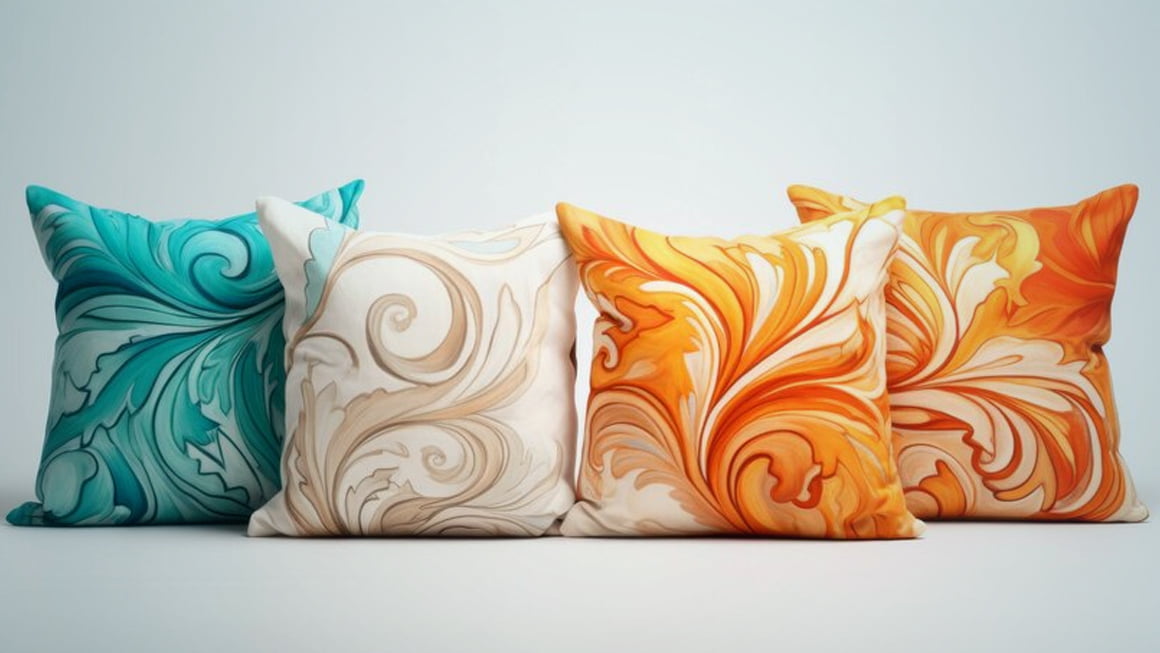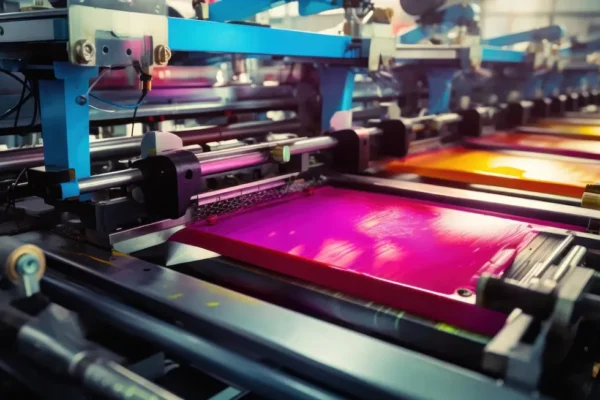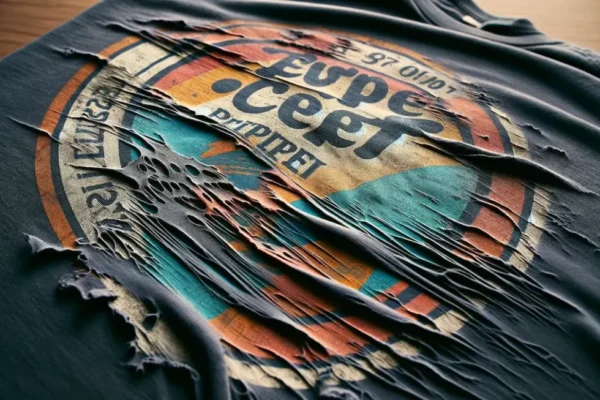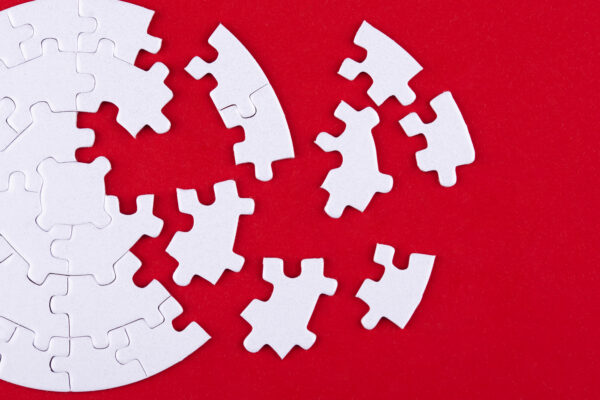Choosing the right materials for Customised Pillow Singapore is crucial for ensuring comfort, durability, and style. In this comprehensive guide, we will explore various materials used for pillow filling and covers, comparing their pros and cons to help you make an informed decision. Whether you’re looking for a luxurious feel or practical functionality, this guide will provide insights into the best options available.
Customised pillows are more than just decorative items; they can significantly impact your comfort and sleep quality. The materials used in both the filling and covers play a vital role in determining the overall feel and performance of the pillow. JoSa Imaging offers a wide range of customization options, allowing you to select the perfect materials to suit your needs. Let’s delve into the various materials available for customised pillows in Singapore and understand their unique benefits and drawbacks.
Pillow Filling Materials for Customised Pillow Singapore
1. Memory Foam
Pros:
- Supportive: Memory foam conforms to the shape of your head and neck, providing excellent support and alignment.
- Pressure Relief: It helps alleviate pressure points, making it ideal for people with neck or shoulder pain.
- Durable: Memory foam pillows tend to retain their shape and last longer than other types.
Cons:
- Heat Retention: Memory foam can retain heat, which may be uncomfortable for hot sleepers.
- Odor: New memory foam pillows can have a chemical smell, although this usually dissipates over time.
- Weight: Memory foam pillows can be heavier than other types.
2. Down and Feather
Pros:
- Softness: Down pillows are incredibly soft and provide a luxurious feel.
- Adjustable: You can easily mold and shape down pillows to your preferred level of comfort.
- Lightweight: These pillows are light and easy to move around.
Cons:
- Allergies: Some people may be allergic to down and feathers.
- Maintenance: Down pillows require regular fluffing to maintain their loft and can be challenging to clean.
- Support: They may not provide enough support for some sleepers, particularly those with neck pain.
3. Polyester Fiberfill
Pros:
- Affordable: Polyester fiberfill is a cost-effective option for Customised Pillow Singapore.
- Hypoallergenic: It is generally safe for people with allergies.
- Easy to Clean: Polyester pillows are machine washable and easy to maintain.
Cons:
- Durability: These pillows can flatten over time and may not last as long as other types.
- Support: They may not provide the same level of support as memory foam or latex.
- Heat Retention: Polyester can also retain heat, making it less breathable.
4. Latex
Pros:
- Supportive: Latex pillows offer excellent support and maintain their shape well.
- Breathable: Natural latex is more breathable than memory foam, making it cooler to sleep on.
- Hypoallergenic: Latex is naturally resistant to dust mites and mold.
Cons:
- Firmness: Latex pillows can be quite firm, which may not be suitable for everyone.
- Weight: They are heavier than some other pillow types.
- Cost: Latex pillows can be more expensive than other options.
5. Buckwheat Hulls
Pros:
- Adjustable: Buckwheat pillows can be adjusted to achieve the desired level of firmness and support.
- Breathable: The hulls allow for good air circulation, keeping the pillow cool.
- Eco-Friendly: Buckwheat is a natural and sustainable material.
Cons:
- Noise: The hulls can make a rustling noise when you move, which might disturb some sleepers.
- Weight: Buckwheat pillows are quite heavy.
- Firmness: They can be too firm for some people’s preferences.
Pillow Cover Materials
1. Cotton
Pros:
- Breathable: Cotton is highly breathable, keeping you cool and comfortable.
- Soft: It provides a soft and comfortable surface.
- Easy to Clean: Cotton covers are machine washable and easy to maintain.
Cons:
- Wrinkling: Cotton can wrinkle easily, which may affect its appearance.
- Durability: It may not be as durable as synthetic fabrics, especially after multiple washes.
2. Linen
Pros:
- Breathable: Linen is exceptionally breathable and moisture-wicking.
- Durable: It is one of the strongest natural fibers and becomes softer with each wash.
- Eco-Friendly: Linen is made from flax, a sustainable crop.
Cons:
- Texture: Linen can feel rough initially and requires multiple washes to soften.
- Wrinkling: It wrinkles easily, which may not be desirable for some.
3. Silk
Pros:
- Luxurious: Silk provides a smooth, luxurious feel.
- Hypoallergenic: It is naturally hypoallergenic and resistant to dust mites.
- Temperature Regulation: Silk helps regulate body temperature, keeping you cool in summer and warm in winter.
Cons:
- Cost: Silk is more expensive than other materials.
- Maintenance: It requires special care and is typically hand-washed or dry-cleaned only.
- Durability: Silk can be delicate and prone to damage.
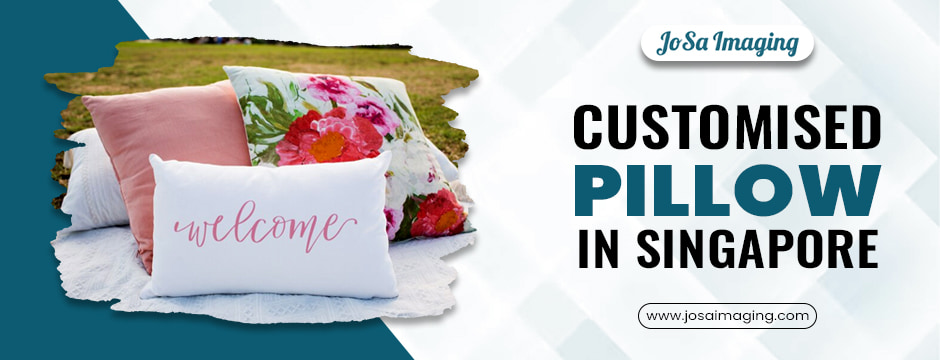
4. Satin
Pros:
- Smooth: Satin offers a smooth and shiny surface similar to silk but at a lower cost.
- Hair and Skin-Friendly: It reduces friction, helping to prevent hair breakage and skin wrinkles.
Cons:
- Slippery: Satin can be slippery, causing the pillow to move around.
- Durability: It may not be as durable as cotton or linen.
- Care: Satin requires gentle washing to maintain its quality.
5. Microfiber
Pros:
- Soft: Microfiber is soft and comfortable.
- Affordable: It is a budget-friendly option.
- Durable: Microfiber is resistant to wear and tear and can withstand multiple washes.
Cons:
- Breathability: It is less breathable than natural fibers like cotton and linen.
- Static: Microfiber can generate static electricity, which may attract dust and lint.
6. Bamboo
Pros:
- Eco-Friendly: Bamboo is a sustainable and renewable resource.
- Soft and Breathable: Bamboo fabric is soft, breathable, and moisture-wicking.
- Hypoallergenic: It is naturally hypoallergenic and antibacterial.
Cons:
- Cost: Bamboo covers can be more expensive than cotton or microfiber.
- Availability: Bamboo pillowcases may not be as widely available as other materials.
Conclusion
Choosing the right materials for Customised Pillow Singapore involves balancing comfort, durability, maintenance, and cost. For fillings, memory foam, polyester fiberfill, down and feather, latex, and buckwheat hulls each offer unique benefits and drawbacks. Similarly, for pillow covers, cotton, polyester, silk, linen, and bamboo present various advantages and considerations.
At JoSa Imaging, we understand the importance of quality materials in creating the perfect Pillowcase Printing Singapore. Whether you prioritize luxurious comfort, eco-friendly options, or affordability, we offer a wide range of materials to suit your needs. Our expert team is dedicated to providing high-quality pillowcase printing in Singapore, ensuring that your custom designs are not only visually appealing but also comfortable and durable. By carefully selecting the best materials for your pillows, you can enhance your sleep experience and add a personal touch to your home decor. Explore our collection today and find the perfect combination of filling and cover materials to create your ideal customised pillow.
